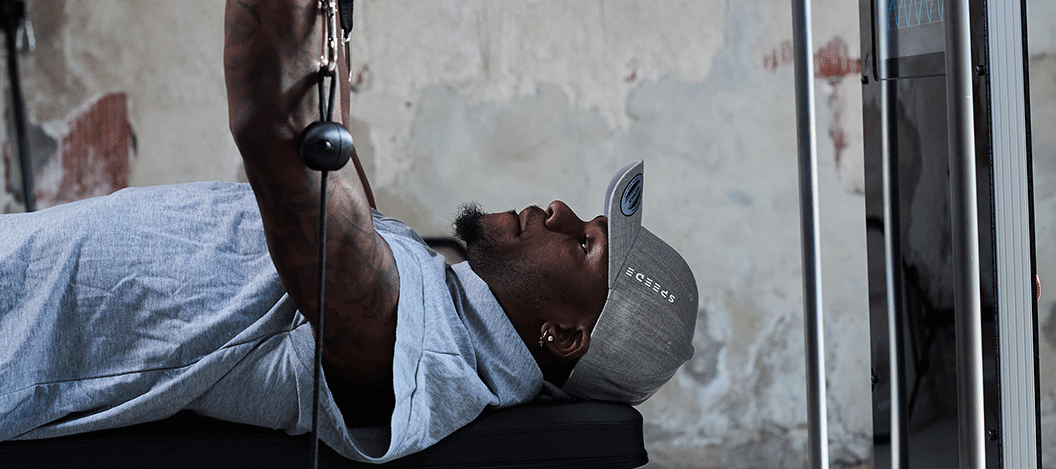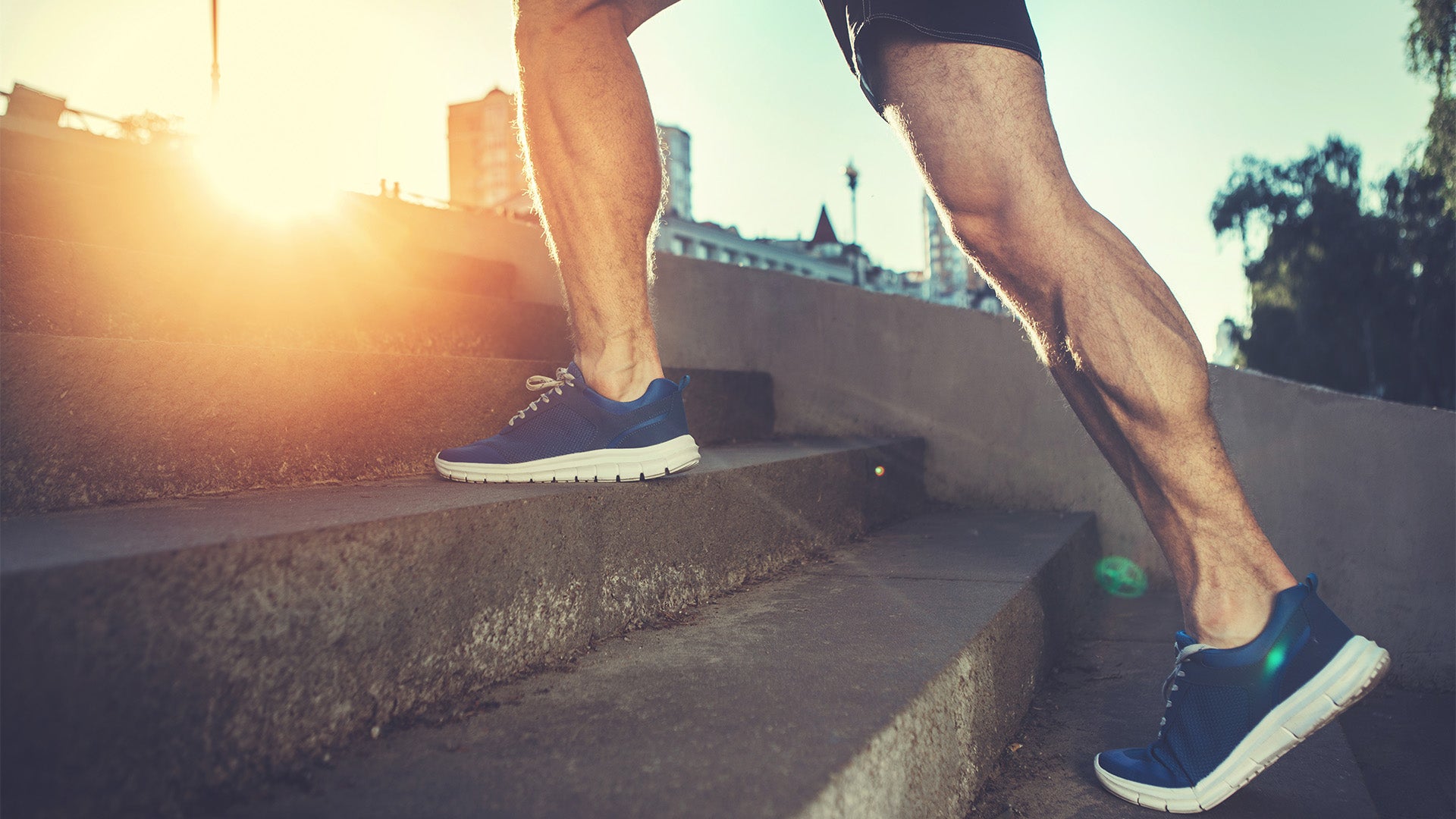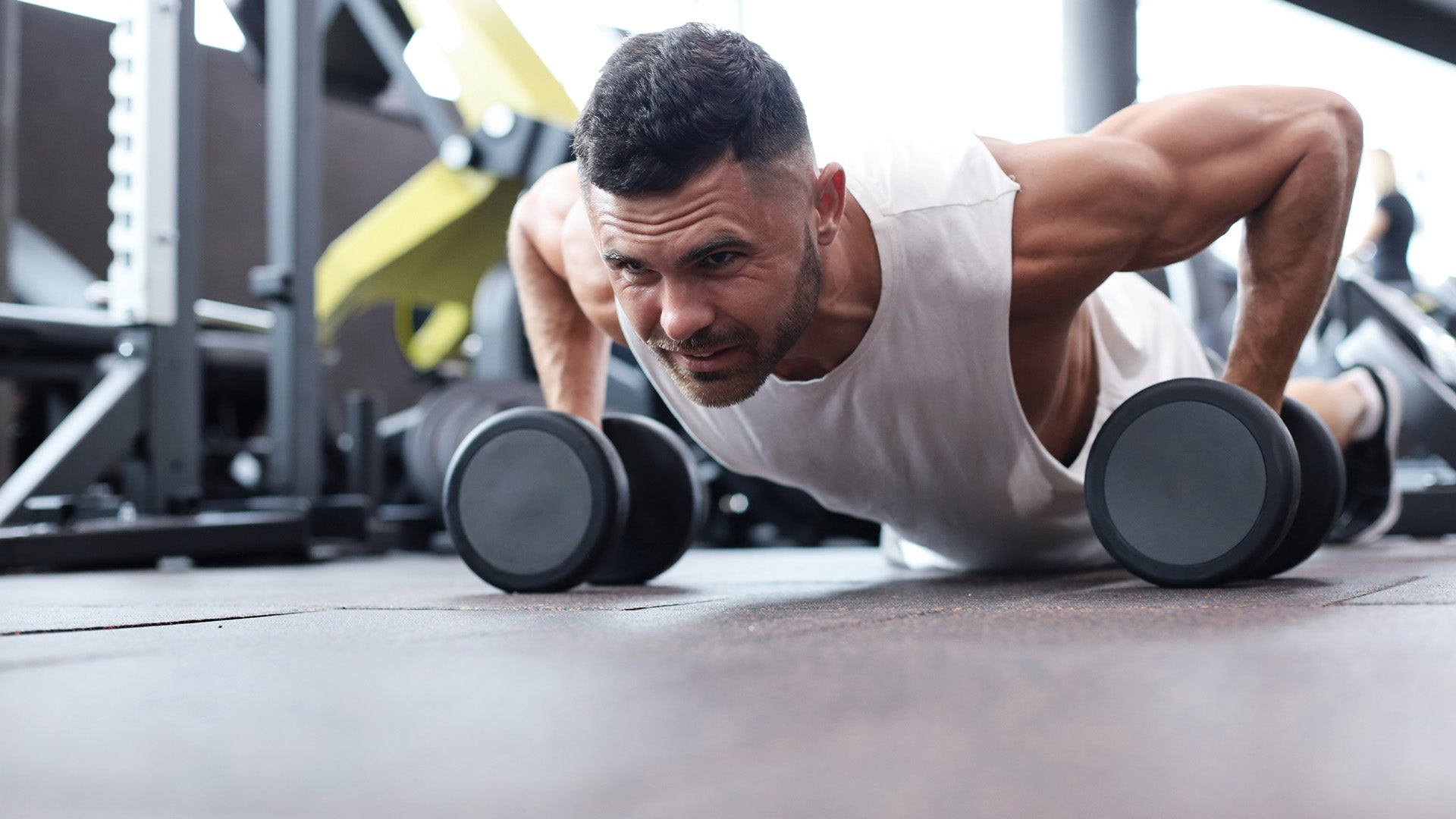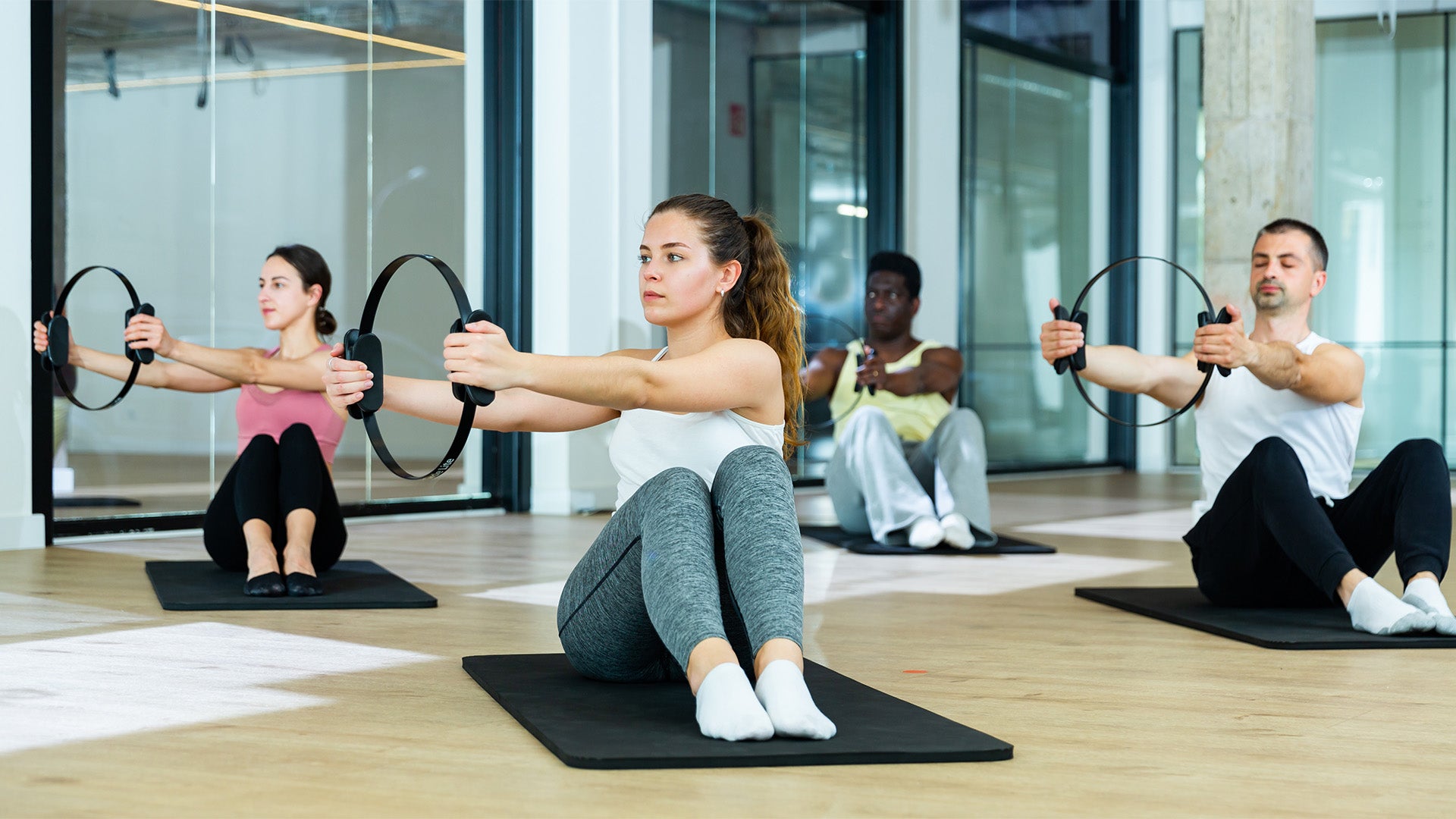The Best Ability Is Availability: Keeping Your Athletes Healthy & Strong For The Season
“The best ability is availability,” is no doubt something we’ve all heard coaches, sportscasters, and athletes say, but the conversation usually doesn’t go much further. The reality is there are a multitude of factors that go into both performance and injury resilience for athletes during the course of a season.
These can include nutrition, sleep, travel schedule, lifestyle habits in general, and of course — training. In addition to various forms of corrective exercise, mobility, and general movement prep, strength training is an absolute must when it comes to staying healthy as well as playing to your potential in-season.
Let’s get a little more surgical with this as not all training programs are alike. While there is a place for everything in the right context, are we as coaches overlooking isokinetic, isometric, and even eccentric training as options for keeping our athletes fully functional in-season?

Isokinetic Training In-Season
Speede’s isokinetic mode means that athletes are stimulated maximally through the full range of motion during their movements. Why is this important for in-season work?
Because sports feature a lot of varying joint angles. If we only strengthen the joints at certain angles, are we really building the resilience we need to meet sporting demands?
Speede strengthens the joint at every angle by adapting to the forces the athlete imposes on the machine. The machine then adjusts to provide that same point of maximal (or whatever % intent is used) resistance throughout the full range. Although we believe using both Speede and free weights together is the best combo, certain free weight patterns are more force and
momentum. Take a bench press for example: There is one point of maximal resistance (the sticking point) but after that more of the movement is momentum-based and doesn’t offer full stimulation at every rep range. Speede not only offers that, but auto-corrects to the given level of strength an athlete has in the tank.
That’s critical for ensuring we don’t overtrain in-season and the beauty of Speede is that it’s always giving the athlete only what they can handle. Furthermore, if you as a coach don’t want them going with maximal neural drive, feel free to have them go with partial intent.
The net effect is less delayed onset muscle soreness, joint taxation, and systemic stress.
We would be remiss not to also mention that by stimulating the athlete maximally throughout the range of motion, one rep on Speede is like multiple traditional reps.
If training is volume x intensity, by ratcheting up that intensity knob, we can scale down volume. This translates to less time spent on training in-season so athletes aren’t overtrained, more time can be spent on mobility, recovering, and simply playing.
Isometric Training In-Season
You’re also welcome to use the isokinetic and eccentric modes to forge resilience in-season. Isometric training is a fantastic way to reduce injury by developing the requisite sensorimotor competencies, recruitment strategies, full-body strength, and body control needed for sport.
Isometric mode on Speede allows you to customize movements and joint angles to develop these qualities while providing a low systemic cost to the system.

Eccentric Training In-Season
As humans, we’re able to tolerate far more forces on the eccentric portion of movements than the concentric portion. According to research, we can tolerate at least 40% more force on the eccentric portion of a movement and yet most training is concentric-dominant.
Eccentric training helps our bodies better absorb force, which means we’re better able to disperse these forces throughout the kinetic chain instead of them being routed in excess to one joint or muscle.
Bottom Line
Hopefully this has helped paint a picture that makes sense, while demonstrating how Speede fits into the bigger picture to answer some critical in-season questions. While we mentioned a few here, there are even more possibilities for you to program Speede into your athletes’ in-season programming.
From durability to performance, Speede can give you that competitive edge next season.



